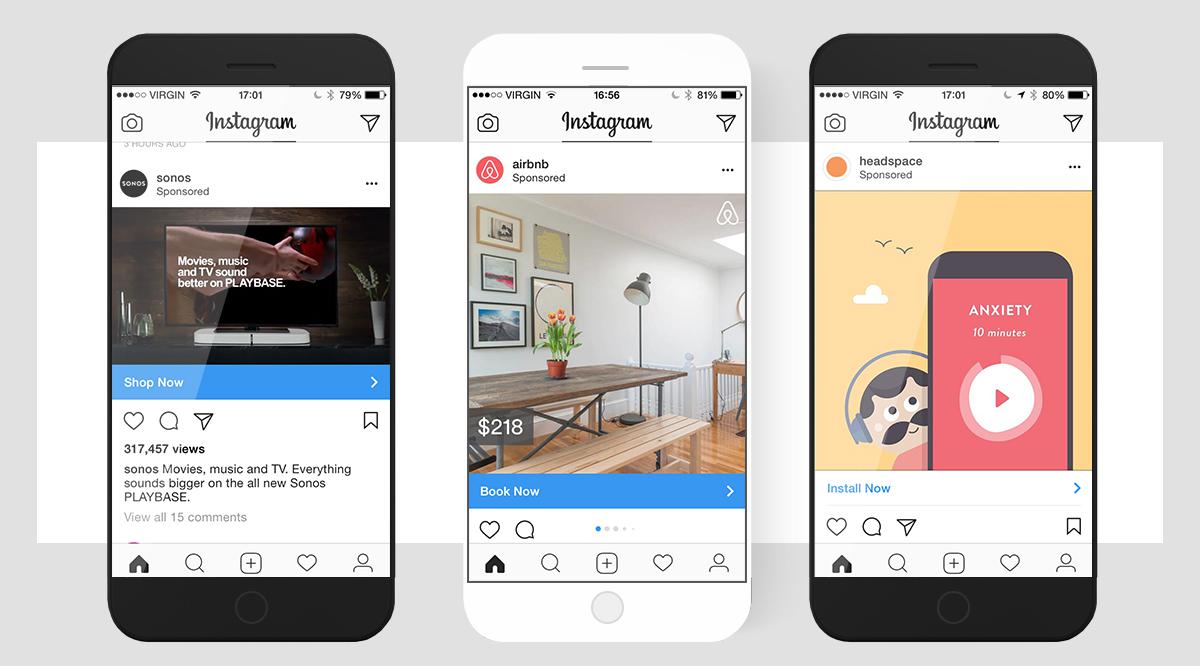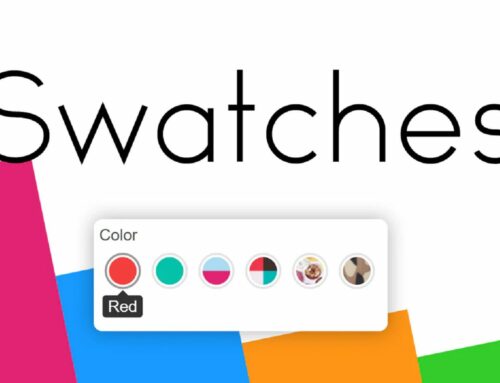To attract more customers, store owners can add sales channels to Shopify, including Facebook, Instagram and Google. This is our recommended Shopify marketing strategy and a thorough guide is given below.
Contents
1. How to add Facebook sales channel to Shopify?
1.1. A step-by-step guide to set up Facebook marketing on Shopify
Launch Shopify marketing campaign on Facebook
All thoughtful preparation eventually leads to success. And so does Facebook marketing settings inside of Shopify’s Facebook sales channel. It is crucial to put the first step for running a Facebook ad campaign from the Marketing section in a Shopify account.
In addition, you should have a good grasp of the Facebook Advertising Policies to operate the process with our Facebook ad account smoothly because when you buy Facebook ads, you are allowed to use Facebook ad accounts to pay for them. By doing that, you are noticed what you need to do or have to avoid and adhere to community principles.
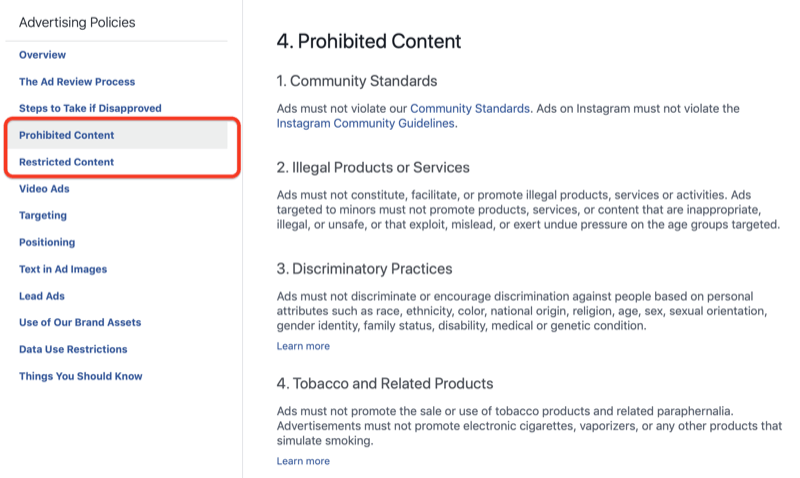
Authorize Facebook channel for your Facebook account
Shopify is authorized to access your Facebook Page along with Ads manager account and Facebook Business Manager after you set up Shopify’s Facebook channel and link your information from your personal Facebook account.
In case you want to avoid leaking personal information, you can set administrator or editor roles for your Facebook account.
Facilitate Facebook Business Manager
Facebook Business Manager is a tool to organize, manage and connect all activity of both Facebook Page and Facebook Ads Account. A Business Manager can be set up easily once you create the Facebook channel.
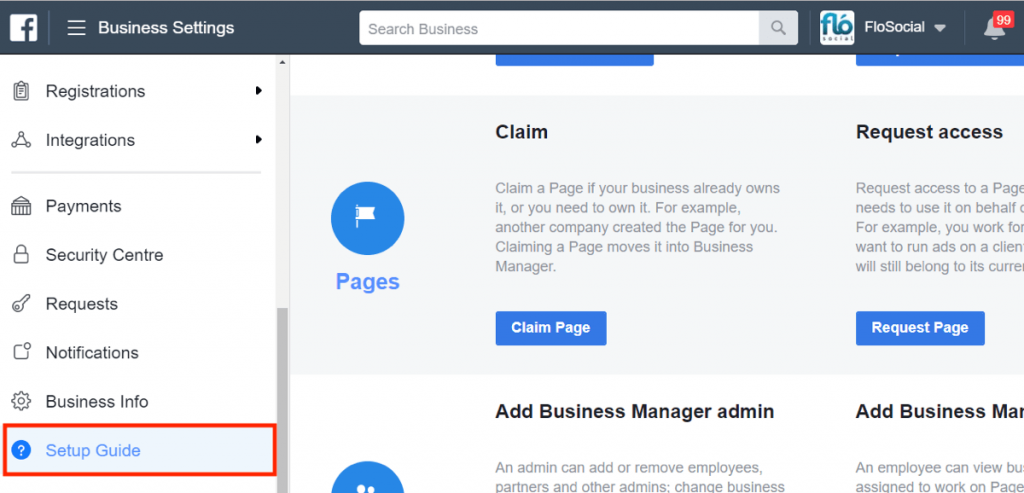
As mentioned above, for those who use personal ads accounts to run ads, they can keep moving and then connect with a Business Manager. If not, you have to create a new one in Business Manager to start your Facebook ad campaigns
Ensure Facebook Page settings
Here are some guides you should follow to be available on Facebook and connect your Facebook Page:
- Set up admin role for your Facebook Page
- Set your page in public status
- One Facebook Business Manager should be in charge of only one Facebook Page which automatically connects to Facebook channel in Shopify.
Acknowledge the roles and permission on Facebook
The Facebook policy allows an admin role for a Page, Ad account and Business Manager to have access to its settings and certain changes. Especially, each Page, Ad account and Business own different account permission so that there are different admin roles for each one.
Add Facebook sales channel on Shopify and create a custom audience
Scrolling down to here, you absolutely know what needs to prepare and get ready to put your marketing into practice. Let us walk you through a series of steps below to pop up a Facebook channel and determine a custom audience:
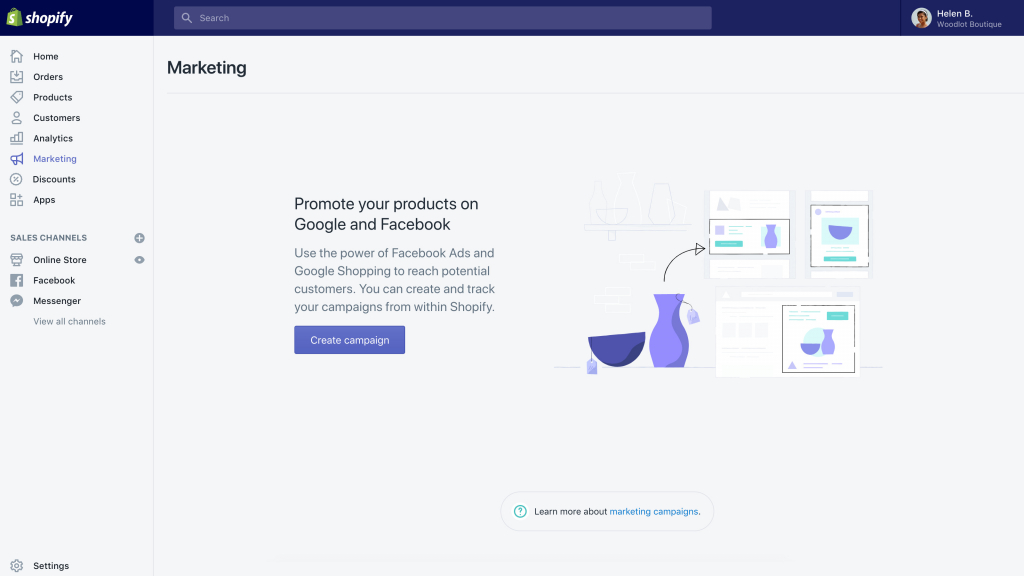
- Find the Marketing section of your Shopify admin.
- Choose Create campaign, and then click Facebook audience building ad
- Click Set up Facebook to install the Facebook channel
- Click Set up in the Facebook Marketing in Shopify
- From the Setup Facebook Marketing page in Shopify’s Facebook channel, connect your Facebook account through the Connect button and follow instructions to log into your account and authorize the Facebook channel. Or click Create new for those who don’t have a Facebook account, and then also step by step follow the guides on Facebook to create the account.
- Make a linkage to a Business Manager, or click Create new and follow the steps on Facebook to create a new Business Manager.
- Connect a Facebook Page for your business, or click Create new and follow the steps on Facebook to create a new Facebook Page.
- Connect your favorable pixel, or click Create new and follow the steps on Facebook to create a new pixel.
- On Facebook marketing page, connect your preferred Ads Manager account, or click Create new and follow the steps on Facebook to create a new ad account.
- In the Facebook Audiences section, select a country where you want to target your Facebook ads.
- View and accept Facebook’s Self-Serve Ad Terms and Product Catalog Terms.
- Click Finish setup to create Facebook audience building ads and Facebook Page posts. And from here you can create ads targeting your audiences and approving products.
Facebook Pixel and Shopify’s Facebook channel
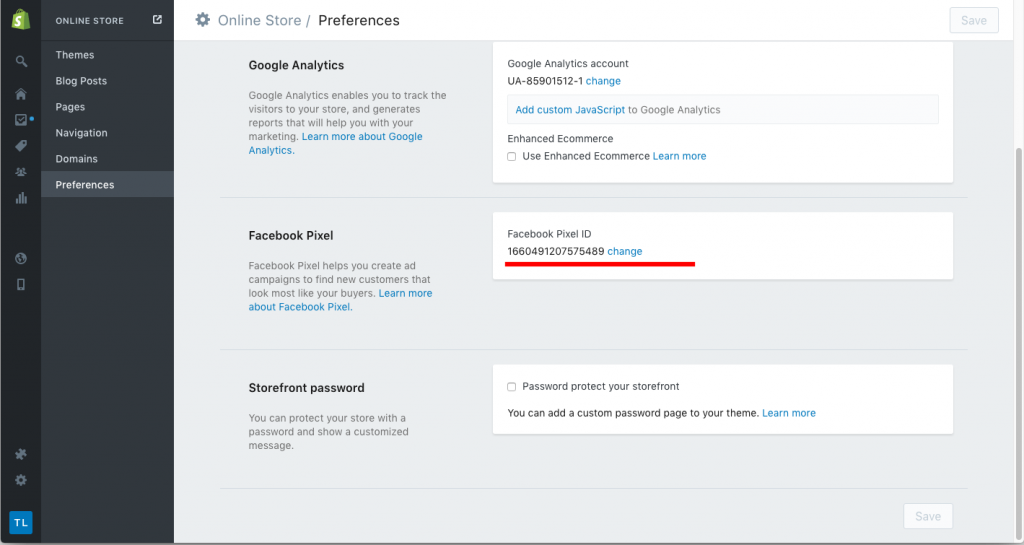
Facebook Pixel is a complementary tool going along with Shopify’s Facebook installation. It is optimized to track down your customer behavior on online stores by using advanced matching. Moreover, you can switch on/off advanced matching for Facebook Pixel as go to Settings > Marketing settings, Click Disable in the Advanced matching section.
Facebook Pixel collects customer information such as first name, last name and email address. For that reason, you can easily upgrade the custom audiences for the Facebook ads that you create in Shopify.
You should connect your one or more than one Facebook pixel which attaches to your ad account to Shopify’s Facebook channel. In addition, it can gain visitor data stored. The more traffic pixel can track on your store, the more effective you can make it to build a custom audience.
To do that, you just follow Sales channels > Facebook > Settings > Marketing settings and then click Disconnecting the Pixel tracking section to use another preferred pixel from the same Facebook ad account in Shopify admin.
1.2. Several questions about Shopify’s Facebook marketing channel
- Q1: Can I remove the old Facebook channel?
A: Definitely, yes. You can remove the old Facebook Sales Channel if you have installed the new ones. At that time, the old channels were useless.
- Q2: Should I use Facebook dynamic retargeting ads?
A: Dynamic Ads allows you to deliver ads to customers with products they are genuinely interested in. With Facebook pixel, Dynamic Retargeting Ads will track visitor behaviour on your website to determine which products should be included in the ad to reach the right audience.
It can be said that Facebook Dynamic Ads is a great solution that will work in any online marketing strategy.
- Q3: Do we have to create a catalogue for running Facebook ads?
A: If you run normal Facebook Ads, you don’t need to create a Product Catalog. However, if you are planning to run Facebook Remarketing Ads and take advantage of your budget, it is an ideal choice to create Product Catalog.
2. How to add Instagram sales channel to Shopify websites?
2.1. Types of Instagram Ads
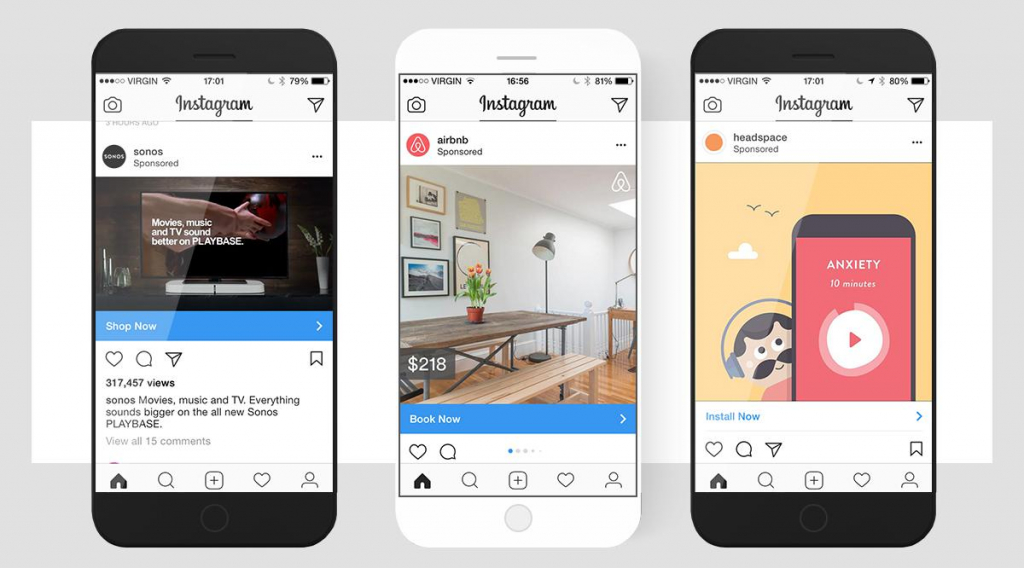
Instagram ads are divided into 4 main types, including story ads, photo ads, video ads, and carousel ads.
Stories ads are displayed under a normal story that will appear when your customers are watching other Instagram stories. Photo ads indicate the method that you use the most eye-catching image to promote your products, services or your Shopify store brands to customers. However, keep in mind that you can use ONLY ONE IMAGE with photo ads.
Besides, Instagram allows you to create ads with videos easily, that will help customers approach visual product images. Or if you want to advertise different products or various options at the same time, Carousel Ads will be the most powerful tool to solve this task.
You can depend on the scope of your project, unique features of your products, and other factors to decide which Instagram ads type is the most appropriate one for your online store.
2.2. How to run Instagram Ads?
Before we take the first steps, you need to have a Facebook page and an Instagram account (with avatar).
- Step 1: Link your Instagram account with your Facebook Business profile
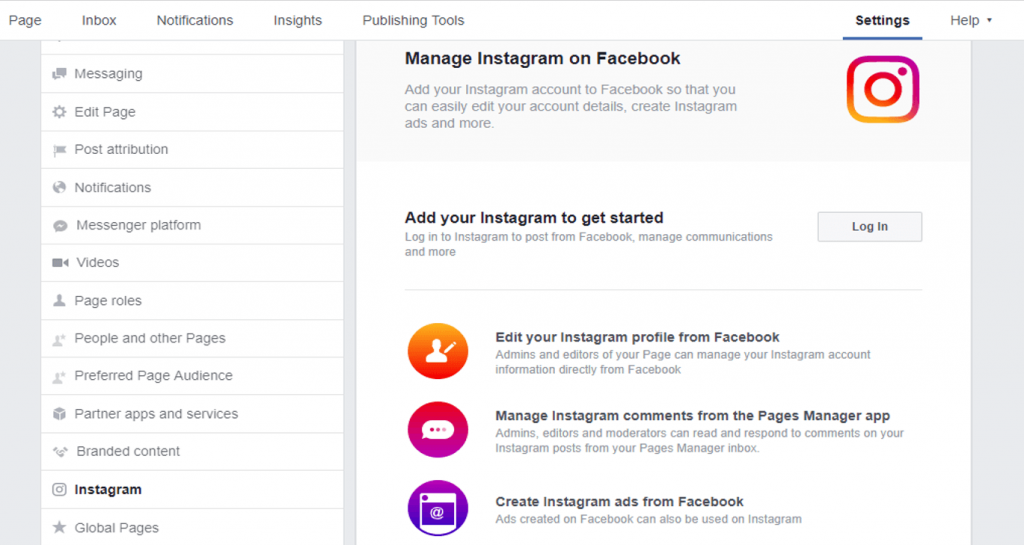
On Business Manager, click on Business Setting and then Instagram Accounts to add your account. After that, select the Facebook Ads account to link to this Instagram account to run the ads, then click Next.
Congratulations, Instagram account added successfully!
- Step 2: Create an Instagram ad campaign
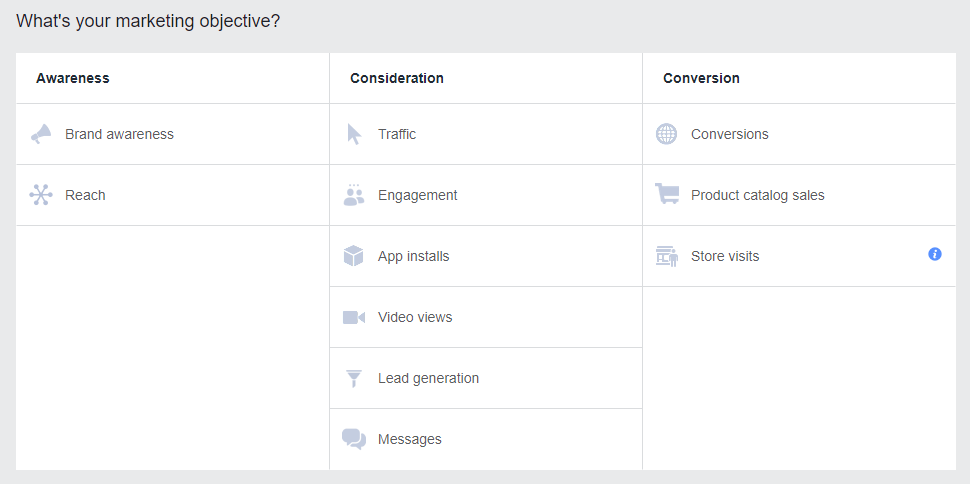
In the Ad Manager, choose Create Campaign. You will see a wide variety of choices for objectives. However, not all marketing objectives are available for Instagram Ads, hence, be careful to opt for the right aim.
- Step 3: Identify your audience and Placement
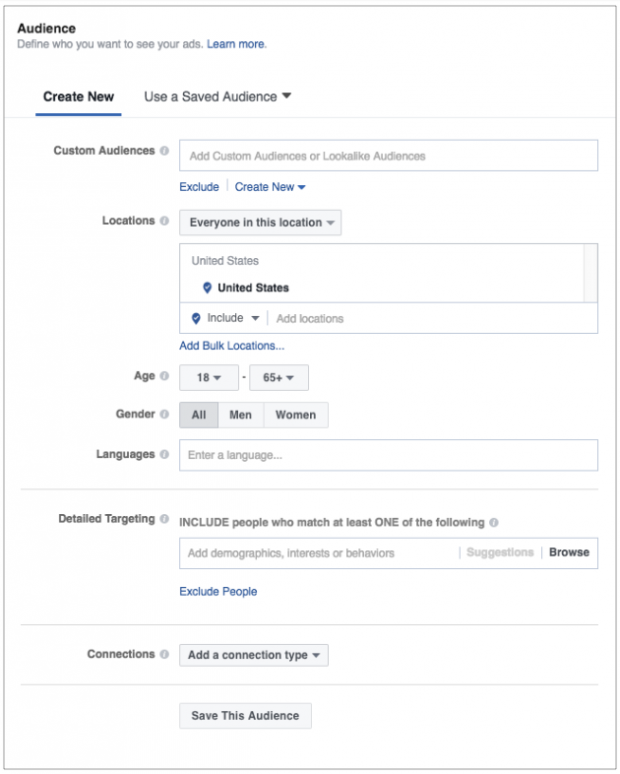
The next step is to decide your targeting audiences.
Facebook Ads offers a very powerful set of targeting options that go far beyond typical demographic information like age, gender, and location.
In the Placement section, you can decide where your ad will appear on Facebook and Instagram. You will have two options, including Automatic placement and Edit placement.
Pro tips: You can only choose mobile devices when creating Instagram ads.
- Step 4: Define your budget and schedule
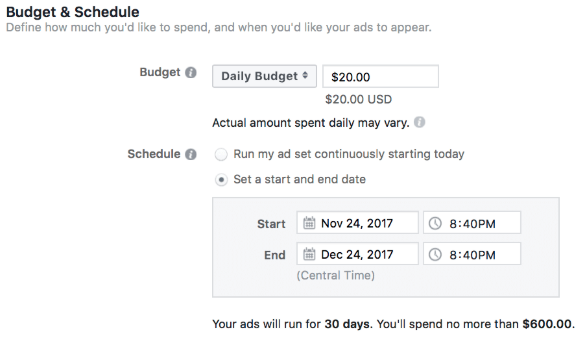
This section requires you to determine how much you want to spend on your advertising and for how long.
As you can see, you can choose the Daily budget, which provides maximum daily spend, or Lifetime budget. And in terms of schedule, Instagram Ads allows you to run your ads continuously or only at certain times of the day.
Pro Tip: Sunday is the most expensive day to run Instagram Ads. Therefore, if you are running a marketing campaign within a tight budget, you should avoid running ads on Sundays.
- Step 5: Create your Instagram Ads
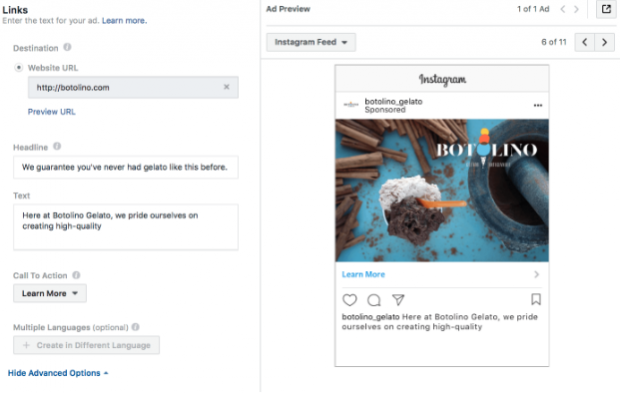
Now you can select one of 5 ad formats, including Carousel, Single Image, Single Video, Slideshow, and Collection.
Add the image(s)/video, fill texts, create a copy, select a payment option, and then preview your Instagram ads to make sure that everything is going right.
You should review Instagram ad formats with all the specs and design requirements for an attractive advertisement. Ad Manager also shows technical format requirements when you choose an image or video.
Besides, click on Advanced Options to choose the call-to-action button and the destination URL (your Shopify store link) that people will reach when they click it. This is when you connect Shopify and Instagram together.
Finally, click Place Order and congratulations, your very first Instagram Ads are ready to launch!
However, it is not over. You need to monitor and analyze how your ads are working to optimize them and find the best marketing solutions for your Shopify store.
3. How to set up a Google marketing channel on Shopify websites?
3.1. Improve SEO performance
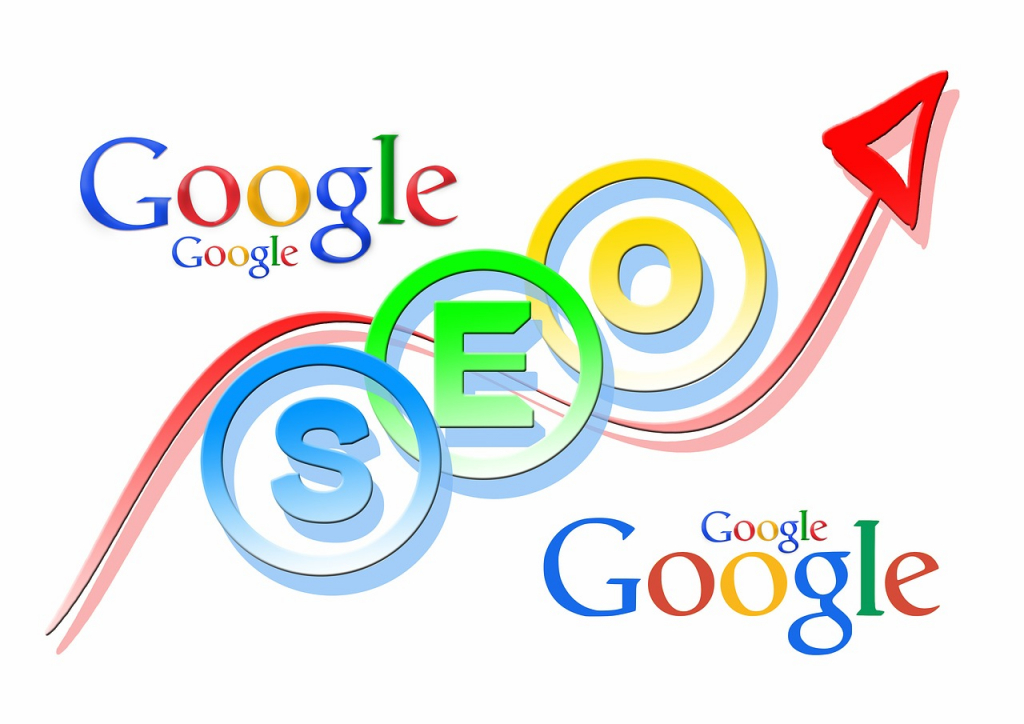
Another Shopify marketing strategy is SEO. SEO plays an important role in enhancing your sites and sales. The more well-optimized SEO performance can be, the more chances you can get to be on top results search. If you have a strong foundation of SEO factors, you can find possible paths to improve SEO performance. Here are some recommended SEO apps for Shopify that will help grow your business effectively.
There are many aspects contributing to SEO ranking factors; however, we just walk you through 3 core factors as followed.
- Content Optimization
As you know, keyword search strongly impacts the coverage of your websites on search engines like Google. Therefore, it is crucial to highlight the words and phrases that people are searching for information and typically describe your site.
But SEO not only orbits around keywords but also closely relates to LST (latent semantic text) keywords with the aim of expanding the virtual word association to catch more relevance to the user’s searching results.
However, overlapping is a downside that content writers need to avoid because SEO requirements always put “fresh” on top priority. If you are good at creating amazing content with outstanding keywords, your sites will rank in a high position.
Keep in mind that keywords can change flexibly to match the customer’s intent.
- User Experience

Let’s imagine how your sites can surpass others when people just land on your site for a second then go away. Fortunately, improving user experience is a possible solution to boost search engine ranking. Customer satisfaction is priority, therefore, we have an article about how to master the art of customer service for Shopify store.
Along with relevant content to meet the demand of what people are searching on Google, interaction with users is also a strategic factor to keep customers visiting your sites longer.
Google offers some AI tools that facilitate web ranking, the percentage of people who click to visit your site after appearing in search results, how long visitors stay on your site after they’ve arrived.
For that reason, you need to take action by optimizing titles, description, and images to deliver your values to attract customers.
- Real Business Information
The most important thing affecting your site’s ranking is specific local areas targeting because the absence or presence of business formation can build the trust for customers among many local rivals outside.
So it’s important to look after suggestions like:
- NAP (name, address, phone number)
- Business listings on Google My Business and Facebook
- Reviews on both those sites and relevant directories
- The right local search terms
Now, you get to know essential SEO ranking factors to improve SEO performance in your Shopify marketing strategy.
3.2. How to run Google Ads for Shopify?
To create a Google Shopping advertising campaign, besides your Shopify store, you also need a Google Ads account.
- Step 1: Sign up for Google Merchant Center
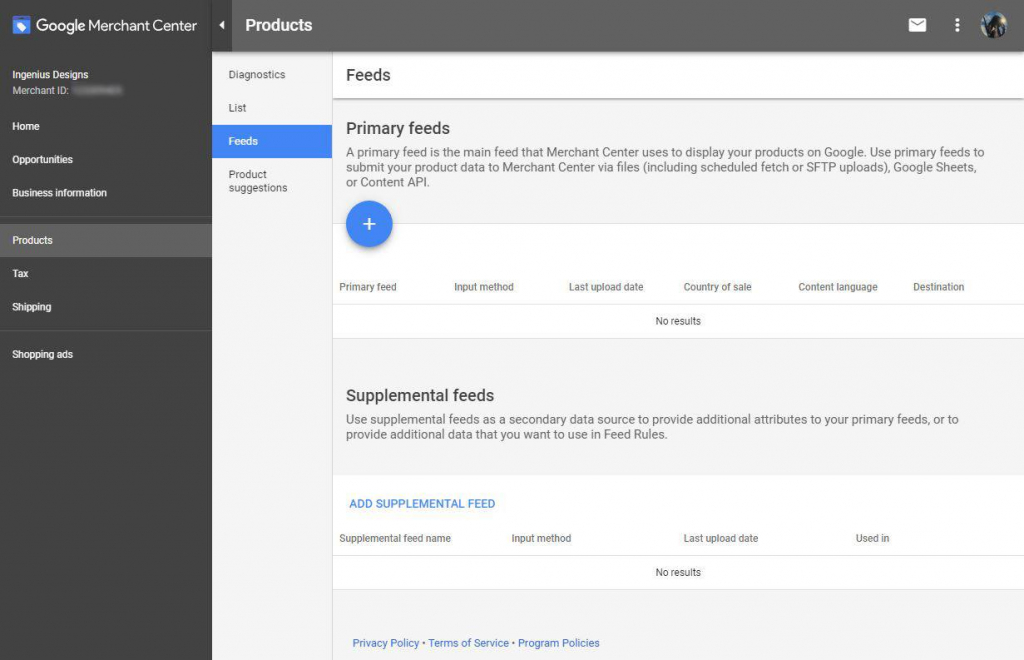
Google Merchant Center is a feed to help you upload information and data about your products to Google Shopping.
Firstly, you visit Google Merchant and select Sign up, then fill out the necessary information to sign up for an account with Google.
Then, you need to update the information about your business section, including Business name, website URL, business address and contact information. And finally, you can choose one of 4 ways that Google gives to verify your store’s domain.
- Step 2: Create the feed
Go to Product > Feeds > Click the + icon to create a new feed for your Google Shopping ad. Google then offers different ways for you to create a feed such as loading via a Google sheet, text files, XML files, or Google content API, etc.
- Step 3: Link your Google Adwords account with Merchant Center
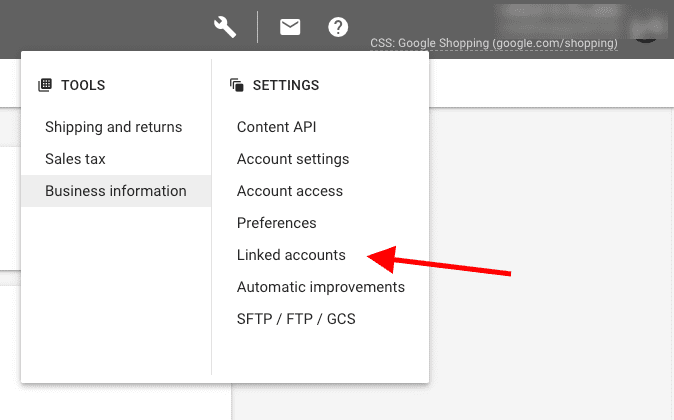
In the Merchant Center you go to the tool icon in the upper-right corner of the screen, then choose Linked accounts > Google Ads and enter your AdWords account ID in it and click submit.
- Step 4: Create Google Shopping Ads
Now let’s see a guide to set up your Google Shopping Ad campaign:
- Open up Google Ads
- Create a new campaign by clicking the + button
- Choose your goals
- Select Shopping campaign type: Smart Shopping Campaign or Standard Shopping Campaign (We will discuss the differences between two types below)
- Select your linked Merchant Center account
- Define your budget, targeting, bidding, and other features of your ads campaign
- Confirm your settings, and get started to launch

You can find a summary of the most important pros and cons of both Google Smart Shopping and Standard Shopping Campaign in the table below. It will help you decide if Google Smart Shopping is right for you.
| Standard Shopping Campaign | Smart Shopping Campaign |
|---|---|
| Requirements: – Have Google Merchant Center and the feed – Meets the standards of sales website – HTTPS – The products comply with Google policy |
Requirements: – Meet all requirements of Google Shopping policy – Have at least 20 conversions within the last 45 days – Google remarketing tag – Set up conversion tracking with transaction-specific values |
| Manual and full control over the campaign | Fast and automated |
| Time-consuming | Time-saving |
| Appears on Google Search and Google Display Network | Appears on many platforms: Google Search, Google Display Network, Youtube, Gmail |
| The bid can be adjusted | The bid cannot be adjusted |
| Limited reach | Wide reach |
After installing the Google channel, from your Shopify admin, go to Google > Overview > Get started > Marketing > Google Smart Shopping campaigns to launch a new campaign. Or if you plan to run a Standard Shopping campaign, you will visit Google Ads and follow our guide as below.
We hope that this article has provided helpful and informative Shopify tutorials about how to add sales channels in Shopify, including the most popular channels Facebook, Instagram, and Google. If you still have any doubts, feel free to contact us!

